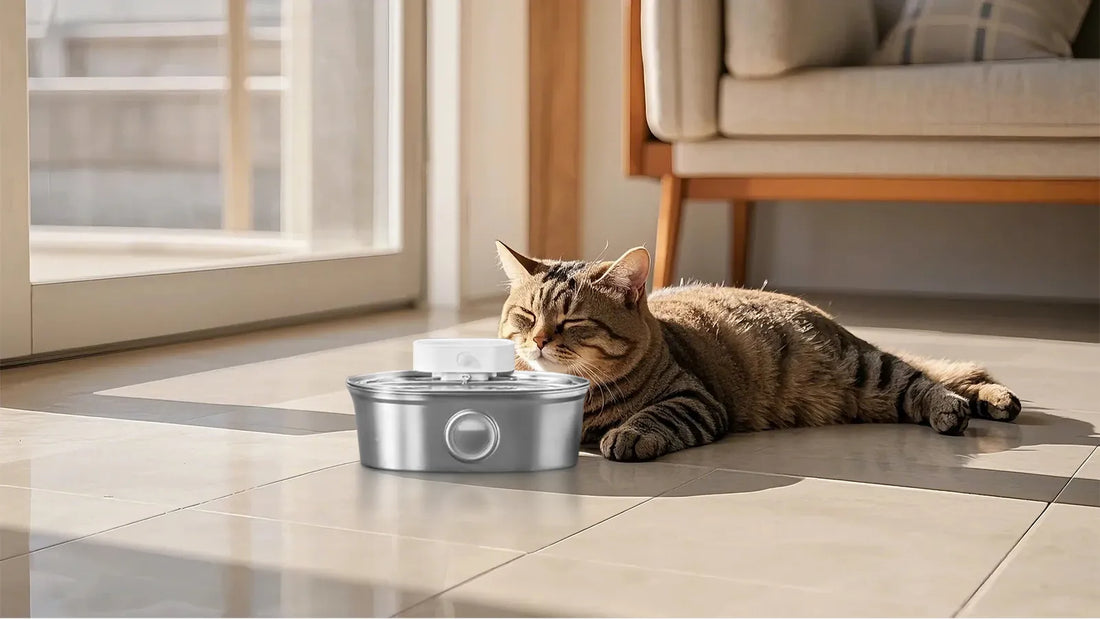When it comes to caring for your furry friend, every detail matters. One common question pet owners often ask is, 'Can I wash my dog's bowl with dish soap?' The answer isn't as straightforward as you might think. While dish soap is a common household item, its use on pet dishes requires careful consideration. This article will explore the safety, effectiveness, and best practices for cleaning your dog's bowl with dish soap.
Understanding the Basics
Before diving into the specifics, it's essential to understand why cleaning your dog's bowl is crucial. Just like human dishes, pet bowls can harbor bacteria, mold, and food residue. Regular cleaning helps prevent the buildup of harmful pathogens that could affect your dog's health. However, not all cleaning methods are created equal, and using dish soap requires a nuanced approach.
Is Dish Soap Safe for Dog Bowls?
The primary concern when using dish soap on dog bowls is the potential for residue. Dish soaps are designed to cut through grease and grime, but they often contain chemicals that may not be safe for pets if ingested. While a small amount of residue is unlikely to cause harm, repeated exposure could lead to digestive issues or other health problems. Therefore, it's essential to rinse the bowl thoroughly after washing.
Choosing the Right Dish Soap
Not all dish soaps are created equal. Some are formulated with harsh chemicals, while others are more gentle and eco-friendly. When selecting a dish soap for your dog's bowl, opt for a product that is free from artificial fragrances, dyes, and toxic ingredients. Look for soaps labeled as 'biodegradable' or 'pet-safe,' as these are less likely to leave harmful residues.
Step-by-Step Guide to Washing Your Dog's Bowl
Here's a simple step-by-step guide to ensure your dog's bowl is clean and safe:
- Empty the bowl of any leftover food or water.
- Rinse the bowl with warm water to remove loose debris.
- Apply a small amount of dish soap to a sponge or brush.
- Scrub the bowl thoroughly, paying attention to corners and crevices.
- Rinse the bowl multiple times to ensure all soap residue is removed.
- Dry the bowl with a clean towel or let it air dry.
Alternative Cleaning Methods
If you're concerned about using dish soap, there are alternative methods for cleaning your dog's bowl. Vinegar and baking soda are natural cleaning agents that can effectively remove bacteria and odors. Simply mix equal parts vinegar and water, or create a paste with baking soda and water, and scrub the bowl as usual. These methods are safe, eco-friendly, and leave no harmful residues.
Frequency of Cleaning
How often should you clean your dog's bowl? The answer depends on several factors, including the type of food your dog eats and how often they use the bowl. As a general rule, it's best to clean the bowl daily. For dogs that eat wet food, cleaning after every meal is recommended to prevent bacterial growth. Water bowls should also be cleaned daily to ensure your dog has access to fresh, clean water.
Common Mistakes to Avoid
While cleaning your dog's bowl may seem straightforward, there are some common mistakes to avoid:
- Using too much soap, which can leave residue.
- Not rinsing the bowl thoroughly, leading to soap ingestion.
- Using abrasive scrubbers that can scratch the bowl and harbor bacteria.
- Neglecting to clean the bowl regularly, allowing bacteria to thrive.
Health Implications of a Dirty Bowl
A dirty dog bowl can pose serious health risks to your pet. Bacteria such as Salmonella and E. coli can thrive in food residue, leading to infections and illnesses. Mold and yeast can also grow in damp environments, causing respiratory issues or allergic reactions. Regular cleaning not only keeps your dog healthy but also ensures they enjoy their meals in a clean, safe environment.
Tips for Maintaining a Clean Dog Bowl
Maintaining a clean dog bowl doesn't have to be a chore. Here are some tips to make the process easier:
- Designate a specific sponge or brush for your dog's bowl to avoid cross-contamination.
- Keep the bowl in a clean, dry area to prevent contamination from dirt or pests.
- Consider using stainless steel or ceramic bowls, which are easier to clean and less likely to harbor bacteria than plastic bowls.
- Inspect the bowl regularly for cracks or scratches, which can trap bacteria and make cleaning more difficult.
When to Replace Your Dog's Bowl
Even with regular cleaning, dog bowls don't last forever. Over time, bowls can develop cracks, scratches, or stains that make them difficult to clean and potentially unsafe. If you notice any signs of wear and tear, it's time to replace the bowl. Investing in a high-quality, durable bowl can save you time and effort in the long run while ensuring your dog's safety.
Keeping your dog's bowl clean is an essential part of pet care. By following the tips and guidelines outlined in this article, you can ensure your furry friend enjoys their meals in a safe, hygienic environment. Remember, a clean bowl is not just about aesthetics—it's about your dog's health and well-being. So, the next time you ask, 'Can I wash my dog's bowl with dish soap?' you'll know exactly what to do.













